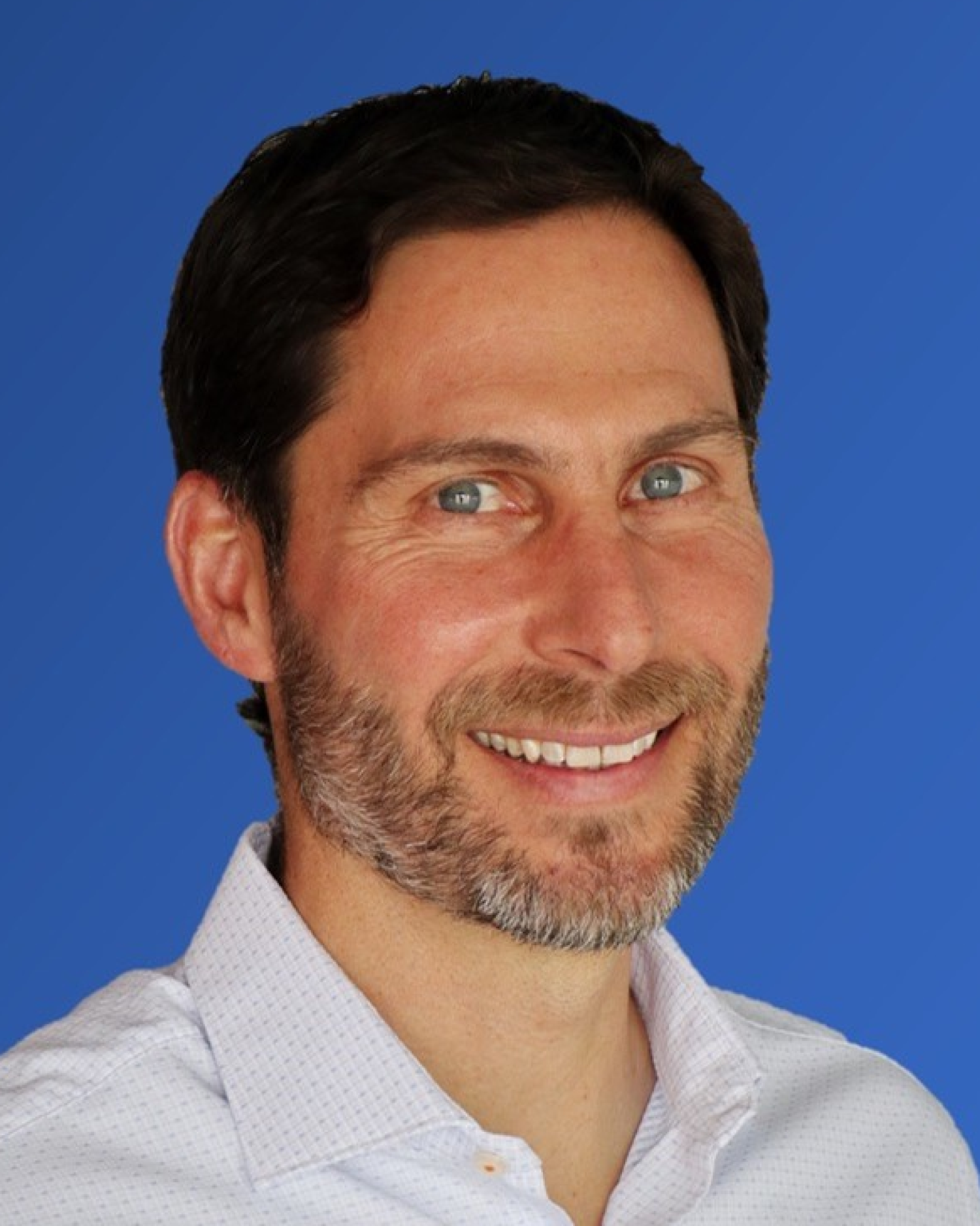Seminar: Materials Engineering Enabling Space Exploration in the Most Extreme Environments - Mar. 1

Daniel Polis
Vice President of Engineering, Sierra Space
Friday, Mar. 1 | 10:40 a.m. | AERO 120
Abstract: The James Webb Space Telescope (JWST) operates near absolute zero temperatures. The Dream Chaser® vehicle must survive Mach 25. To meet these extreme demands, traditional materials must be extensively characterized, altered, transformed, and used in non-traditional manners. An overview of materials engineering challenges and solutions from below -420 °F to above 3000 °F will be presented.
Over the last decade, the chemistry and physics of space exploration haven’t changed, but the commercial target to make space more accessible has increased dramatically. State-of-the-art manufacturing methods, such as additive manufacturing, are enabling further materials/design optimizations and speeding up innovation time in key systems.
Examples of highly integrated composites, reusable thermal protection systems, and additive manufacturing challenges and solutions will be presented in the context of the NASA’s JWST and the International Space Station’s Cargo Resupply Missions planned by Sierra Space’s Dream Chaser and Shooting Star®.
Bio: Dr. Daniel Polis has been with Sierra Space (previously part of Sierra Nevada Corporation) in Louisville, Colorado since 2012. He currently serves as Vice President of Engineering, where he leads an Advanced Manufacturing, Materials and Process Engineering, and Engineering Services. Some of the primary responsibilities for this group are providing materials assurance and materials development across all business sectors, as well as leading advanced manufacturing with a focus on integrated composite structures, reusable thermal protection systems, and additive manufacturing. Prior to this role, Dr. Polis served as the Director of the Dream Chaser® Cargo System Spacecraft, where he managed a team of engineers responsible for the design of a spacecraft planned for orbital flight, International Space Station services, re-entry and reuse. He also spent many years as the Spacecraft Design Manager and Structures Subsystem Lead for the Dream Chaser® Program.
Before coming to Colorado, Dr. Polis worked ten years at NASA's Goddard Space Flight Center in Greenbelt, Maryland. At NASA he played an integral role in the development of several one-of-kind composite structures, including the NESC’s Composite Crew Module, the cryogenic composite metering structure on the James Webb Space Telescope, and the Super-Lightweight Interchangeable Carrier, which carried the Hubble Space Telescope’s new instruments to low earth orbit on STS-125. Prior to NASA, Dr. Polis worked for General Electric, where he was program leader for the ceramic technology group in the Lighting Division in Cleveland, Ohio.
Dr. Polis earned an M.S. and Ph.D. in Materials Science and Engineering from The University of Pennsylvania and a B.S. degree in Chemistry from The College of William and Mary.

